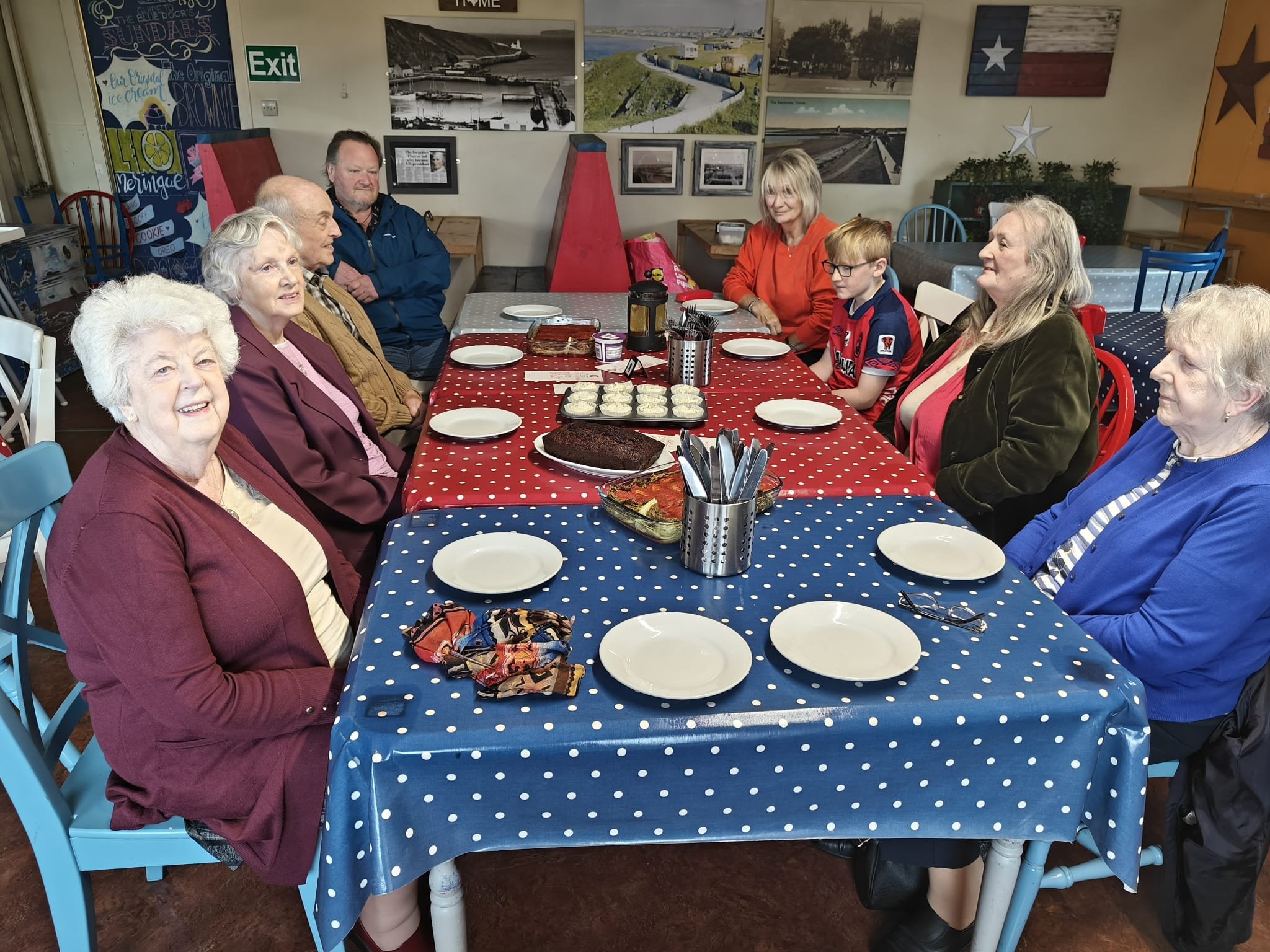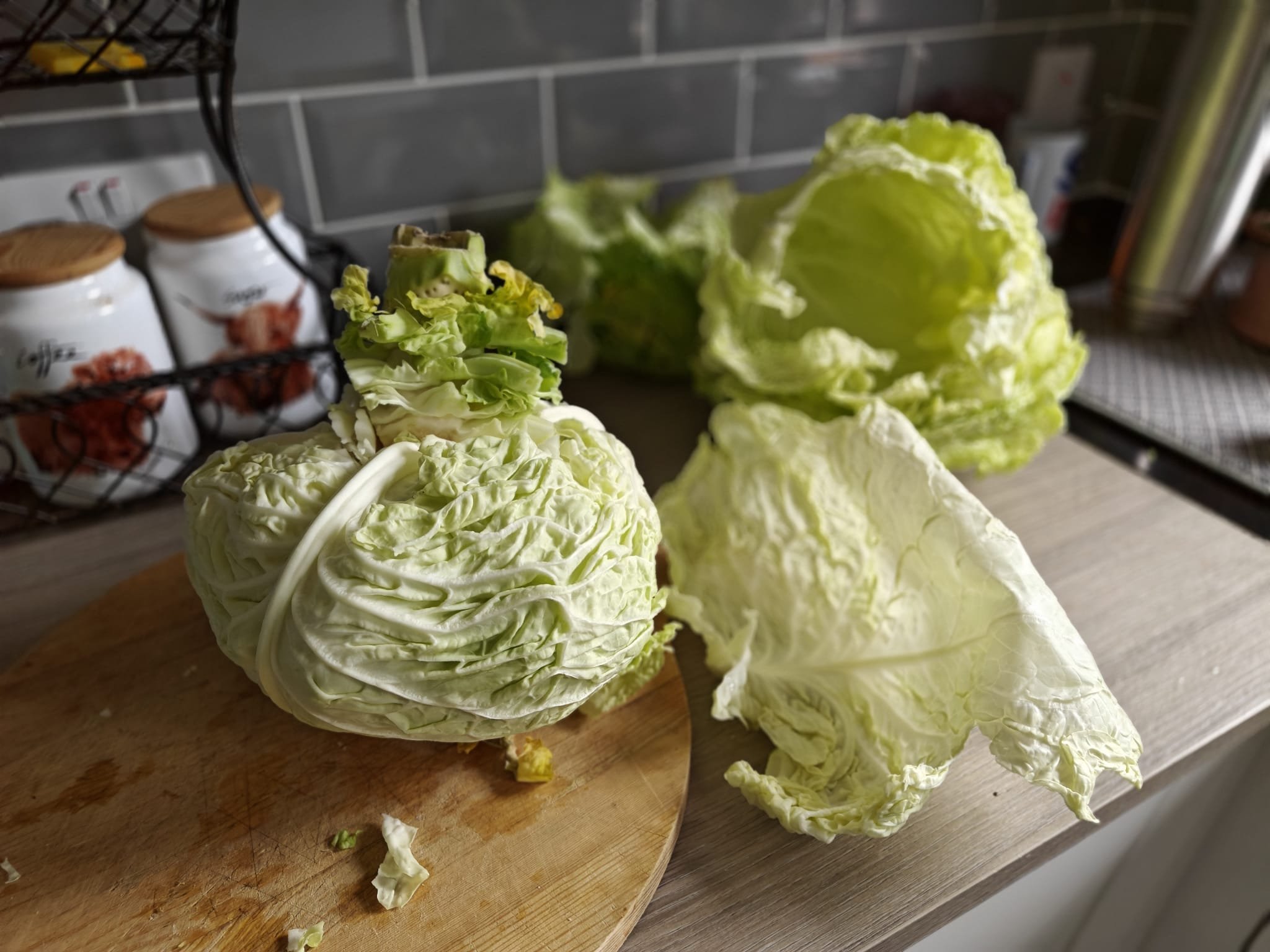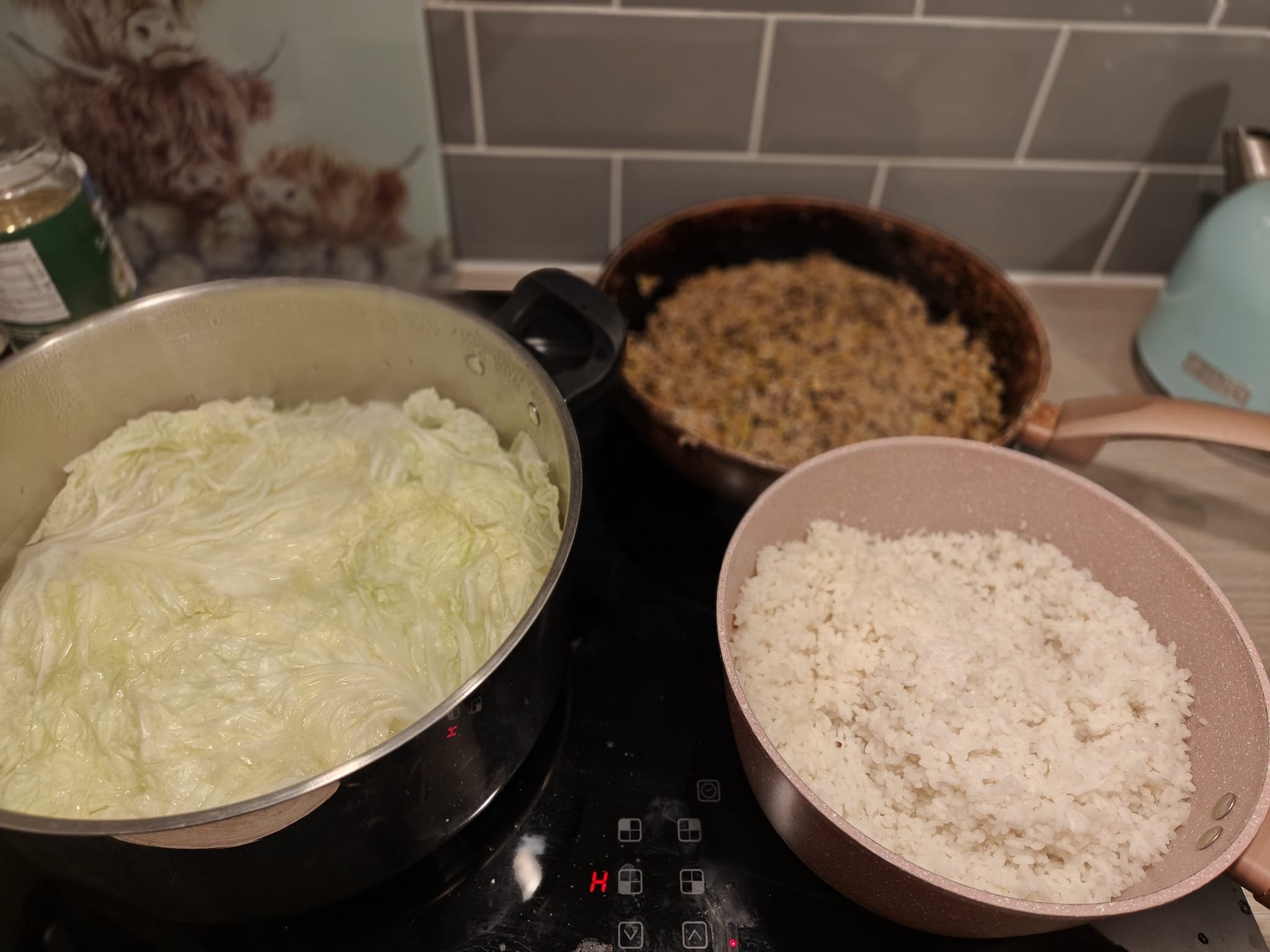Zero Waste Food Contest
Zero Waste Food Contest took place on 24 September at the Blue Door Diner and Coffee Shop that kindly hosted us for the day.
Originally we proposed a number of categories that contestants could select from, to enter their dish: cooking from scraps, cooking from leftover food, de-cluttering your cupboards, using ingredients from Sharing Shed, energy saving cooking methods, youngest chef - age 0 to 10, senior chef - age 75+.
Sadly, our community were not as engaging as we hoped, therefore we entered the handful of applications as one general category.
Our judges were our amazing Seniors Lunch Club members who diligently tasted every dish and gave us their well grounded and fair opinion on each of them.
We are very grateful to Caithness Rural Transport for providing their excellent transport services to our lovely panel of judges.
During our Foraging Walk, which was the first event that we held for this year’s Climate Festival, our Trust team foraged some wild plants for making herbal tea for the Food Contest. We added some roses, lavender, a few different varieties of mint, rosemary, thyme and strawberry leaves to create rich and satisfying herbal tea, to accompany the meal.
Herbal Tea
This recipe won the prize at our contest!
Murdo McConnell is the author of this optimized interpretation of the traditional dessert. Although this is the family secret, Murdo told us that, apart from changing the shape of the cake - he baked it in a loaf shape, he also made some tweaks to the list of ingredients and he completely changed the cooking process. This resulted in saving around 70% of energy that would be used for a traditional recipe.
We love this approach, and are delighted that this recipe became a favourite with our panel of judges, too!
Murdo received an air fryer for his delicious and energy saving dish, and we hope he will enjoy using it and will create more amazing recipes!
Clooty Dumpling Cake
Cabbage Parcels (Holubtsy)
Few days before the food contest, we at the Trust received a marvelous donation of a huge and amazing looking cabbage. And couple of weeks before that, we were given a large bag of tomatoes, again, a donation from someone’s private garden in our lovely community. We turned tomatoes into salsa and refrigerated it.
Having these great ingredients available, we got inspired to cook national Ukrainian dish called Holubtsy, or cabbage parcels.
We stripped the cabbage head off the large leaves to use them to wrap our parcels, and then shredded the core and misshaped leaves to ferment.
Because the cabbage was very young and soft, it was sufficient just to blanche the leaves in boiling water. With harder cabbage, you would need to simmer the leaves for a few minutes. Then we removed the thick chewy segments at the base of leaves.
Meanwhile, the stuffing was cooking. Rice boiled in one pan, and onions, carrots, mushrooms and mince fried in the other, then mixed and seasoned to taste.
The size of the parcels largely depends on the size of the cabbage leaves. After we shaped the parcels, we laid them out on baking trays, on top of some cabbage leaves, and poured tomato salsa over them. Then roasted them in the oven for an hour and a half. Cabbage parcels also can be simmered on the hob. Taste best served with sour cream.
Our lovely participant Sharon Dismore (who is also managing Socially Growing Greenhouses) prepared this scrumptious dish for the contest.
This is the use-up recipe cooked from the mixed vegetables that needed to be used before going off. So, Sharon broke up the cauliflower into florets, added some onions, peppers, courgettes, and tossed the mix well with pesto and generous amount of olive oil. Then she roasted the vegetables until crispy. She added a few sun dried tomatoes, and covered the dish with seeds and grated cheese, then roasted a bit more.
This dish was really highly evaluated by our panel of judges, and only because majority of them have a sweet tooth, it didn’t win. They commented though that cauliflower cooked this way is crunchy and delicious and a great alternative to more traditional ways of cooking cauliflower.













